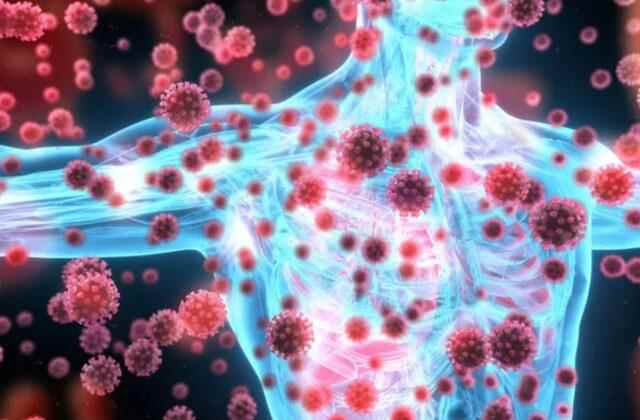Bad odors coming from us not only disturb us but also our environment. These irritating odors, which increase in the summer period, can also be seen in the winter months. Although odors are usually caused by minor reasons, odors that do not go away can be risky. According to the Journal of Palliative Care, malodorous patients in the terminal stages of cancer often pose a challenge for caregivers.
ODORS MAY BE CAUSED FROM INFECTION
The journal explains: “Regardless of the cause of the primary cancer, three sources of noxious odor can exist or coexist: necrosis, superinfection, and perspiration and/or discharge. In necrosis, the odor is a wound that can give off an odor similar to that of rotting flesh or rotting fruit. tends to reflect dead or necrotic tissue or bacteria inside.To prevent further infection, experts recommend anyone who has an unpleasant odor from an open wound seek medical attention from a doctor.
SUPER INFECTION SMELL CAN START WITH ANTIBIOTIC TREATMENTS
In most cases, a course of antibiotics will be sufficient to clear the infection, but more stringent measures can be taken to remove dead tissue from the affected area. In cancer, a superinfection is usually defined as an infection that occurs during a course of antibiotics or within a week of cessation of antibiotic therapy. As a preventative measure, any patient suffering from a smelly sore is encouraged to seek treatment from a doctor, otherwise symptoms may progress.

Although these symptoms occur in all types of cancer, those most likely to show symptoms in the epidermis are different skin cancers. While infected moles are not a common feature of skin cancer, they can occur in severe forms of the disease, such as melanoma. In metastatic melanoma, the disease usually spreads internally to the organs, but in some cases there is infected tissue that mimics fungal infections.
SYMPTOMS OF SKIN CANCER

The most common symptom of skin cancer in its early stages is the development of existing freckles and moles or the emergence of new ones. Moles and freckles contain cells known as melanocytes, which are responsible for producing concentrated areas of the skin’s pigment, melanin. When melanocytes are damaged by the skin, they turn into cancerous cells that can produce strange symptoms such as bleeding.
RED BUBBLES MAY BE VISIBLE ON THE SKIN

Dr Ross Perry said: “Skin cancer usually manifests in two forms. The type of melanoma that is usually most worrying and has the highest risk of spreading to other parts of the body is skin cancer. Non-melanoma skin cancer, another type of skin cancer, is directly related to sun exposure and usually occurs in the 50s, 60s, 70s. However, this is a less aggressive form of skin cancer and not a mole, but rather a patch of red bump on the skin that can often be painful, itchy or bleeding.”
IF YOU HAVE A SUSPICIOUS ME OR BAD SMELL, SEE A DOCTOR

In 2008, Michelle Gallagher, PhD, George Preti, PhD, and colleagues reported that different types of skin cancer can display “pronounced odor” profiles. According to experts, this essential feature of the disease is determined by organic chemicals released by the skin that humans cannot collect. However, through several studies, researchers later determined that dogs have the ability to sniff out melanomas and other cancers. Anyone who notices a suspicious mole or a foul-smelling ulcer is advised to undergo a biopsy to rule out the possibility of cancer.
